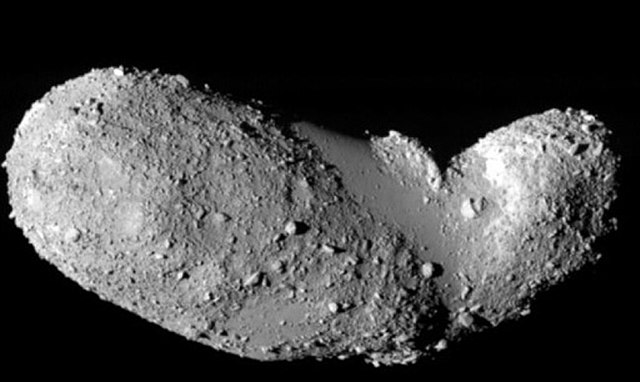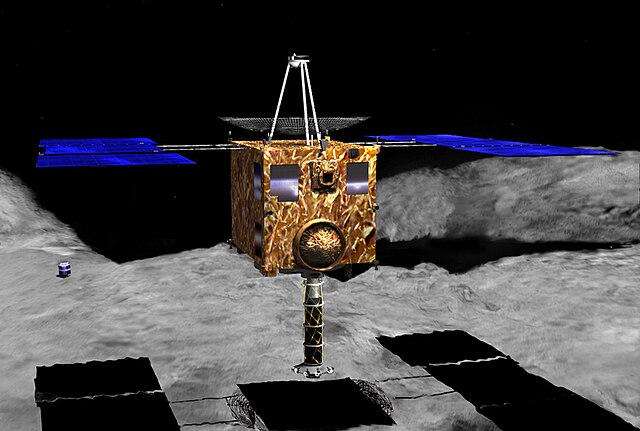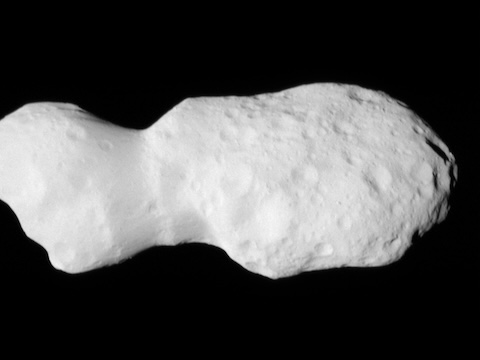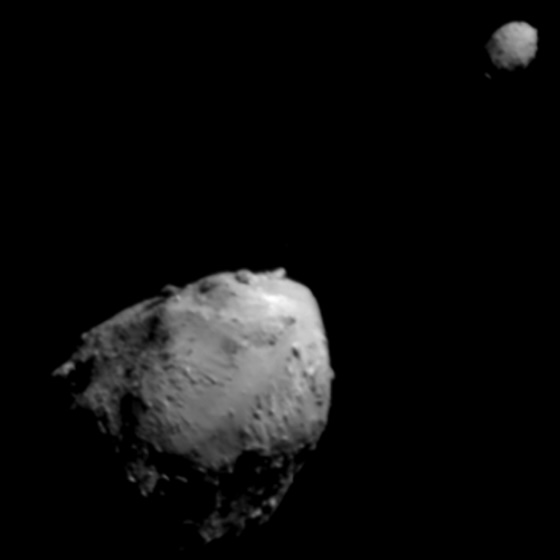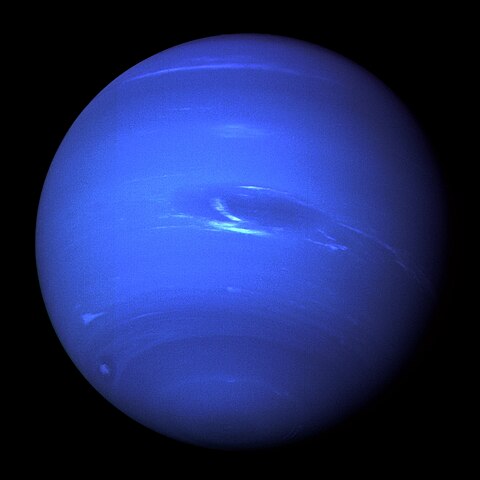1 day / second
0.5 AU
25143 Itokawa
Asteroid
A small, peanut-shaped near-Earth asteroid that became the first asteroid from which samples were collected and returned to Earth, via Japan's Hayabusa spacecraft in 2005.
Key Facts
orbital regime | Inner System |
learn more | Wikipedia |
mass | 3.5100e+10 kg |
radius | 0.165 km |
hill radius | 25.739 km |
semi-major axis | 1.324 AU |
eccentricity | 0.28 |
inclination | 1.621º |
longitude of the ascending node | 69.077º |
argument of periapsis | 162.82º |
orbital period | 1.524 years |
discovery date | September 26, 1998 |
discovered by | LINEAR (Lincoln Near-Earth Asteroid Research) |
name origins | Named after Hideo Itokawa, a Japanese rocket scientist |
dimensions | 0.33 km diameter |
albedo | 0.53 |
material composition | S-type asteroid |
density | 1.9 g/cm³ |
Spacecraft Visits
Hayabusa
Lander
Launched in 2003, landed in 2005
After a troubled landing attempt in November 2005, Hayabusa managed to briefly touch down on asteroid Itokawa and collect a microscopic sample before experiencing a series of technical issues that nearly ended the mission.
